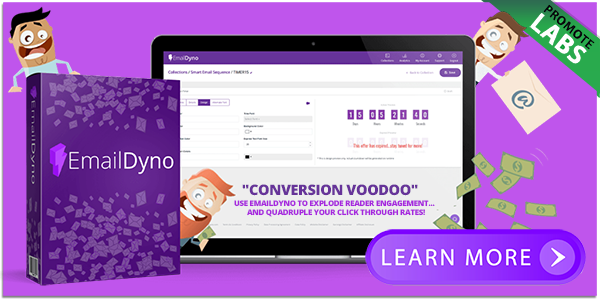According to a recent study, which examined a huge swath of literature on Small and…
How to Position Your Product in a Niche Market
Just because what you're selling is unique doesn't mean it can't find its audience.
When you have a niche product — something that positions a unique value proposition to a customer — it can be hard to figure out your place in the product landscape and market competitively to your target customer. And despite the specificity of your business, you're still likely to have some competition. So, what’s the best way to position your product in a niche market?
1. Thoroughly assess the competition.
Although you’ve likely already perused their websites and gotten the inside scoop on who comprises your competition, you won’t learn much unless you do a full-blown deep dive. Create an entire document dedicated to competitor analysis. BDC recommends looking mainly at the following categories: products and services, pricing, positioning and branding and market reputation. You may need to also look at their online reviews and any press they’ve received to get a thorough understanding of their reputation.
2. Then, understand your own competitive advantage.
After surveying this information, take a good look at your product and start to understand what you do differently. “Your advantage may be a better price, more science behind your product’s formula or more reviews from your customers,” explains Angelo di Simone, founder of Nuovaluce Beauty. “But you have to know how you stand out.”
Ultimately, your competitive advantage is what you can do that other brands can’t. If your advantage isn’t immediately apparent, it may be time for some changes to your product selection or price. Without competitive advantage, it will be hard to position your niche product effectively.
3. Play to your strengths.
However, if you do know what your competitive advantage is, go all in on marketing around it. Make sure that potential customers know what they’ll get with your product over what they’d get from a competitive product. Some household products have mastered this in TV commercials, such as Bounty’s side-by-side demonstration displaying the absorption capacity of the different paper towels. This is a great example, because paper towels are a niche market, and yet there’s still a fair amount of competition. Bounty visibly proved how it’s a better choice.
It’s not imperative that this is done with video or pictures; it can be accomplished through ad or web copy alone. Talk about how your product is more qualified, more popular or less expensive than the competition. Hinge your major selling point on how your product does it better than anyone else’s.
4. Use influencer marketing.
Finally, expand your product’s recognizability by hiring influencers whose audiences include your target market. This will also help in the competitive space, because you’ll be taking advertisements from a different approach, relying upon the level of credibility and trust that influencers have built with their audience over time.
It’s important to do this by first analyzing the influencers to ensure they didn’t use paid followers or paid likes. “Collaborating with influencers means brands can directly impact their desired target audience,” writes Influencity. “But for this to happen, it’s important to correctly choose the influencers you work with by taking a close look at their data beforehand.”
Make a list of several top contenders who speak to your target market and have amassed a following, then reach out to them with a budget in mind.
Just because it’s thought to be challenging to position your product in a niche market doesn’t mean it has to be an impediment for you. These tips will help you dominate the competition and rank well in your category.





